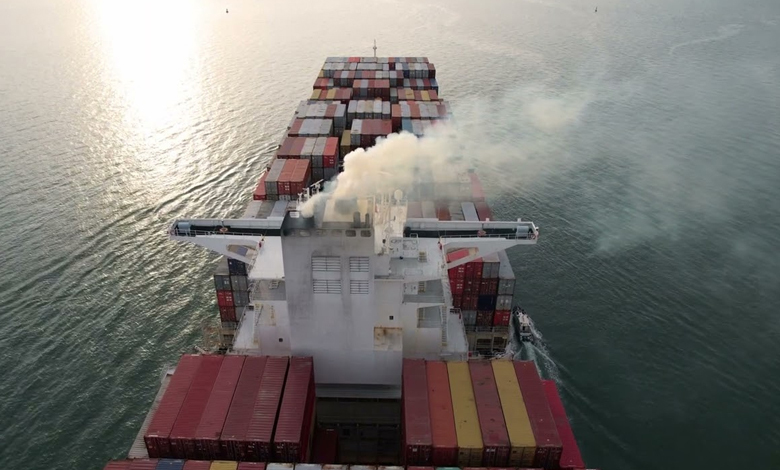Panama Crisis: How’s Climate Change Changing Trade Dynamics?

A stunning realization emerges in a time when the effects of climate change extend beyond environmental issues: the disruption of international trade. A clear example of how climate extremes can send shockwaves through the global network of international commerce, far beyond their geographical origin, is the current drought crisis in Panama.
The severe drought that hit Panama, a crucial link in world trade, had a major effect on the water levels of the Panama Canal. This unanticipated environmental problem revealed the weakness of an important trade route, impacting shipping itineraries, cargo volumes, and ultimately global economies. You can view the chart of the week of Panama report by the IMF. Trade disruptions brought on by climate change have global implications, affecting not just particular industries or countries. The complex relationships between the intricate web of international trade and climate change are clarified by a recent report from the International Monetary Fund (IMF). The ramifications are significant, compelling countries to reconsider and modify their approaches in light of a changing climate.
Read More : 2023 Forecast: Heatwave on Earth, Scientists Raise Climate Alarm
The “Gateway to Global Trade,” the Panama Canal, is a prime illustration of the cascading effects that disruptions related to climate change can cause. Lower water levels made the canal less able to handle big ships, which resulted in delays, rerouting, and higher shipping expenses. Businesses were consequently faced with logistical difficulties, and customers indirectly suffered from delayed deliveries and higher prices. This event is a wake-up call, a sobering reminder that climate change is an immediate force that is reshaping the fundamentals of our globalized society rather than a far-off threat. Such disruptions have an impact on the global supply chain and reveal vulnerabilities beyond the immediate affected regions.
The IMF report emphasizes how important it is to thoroughly reevaluate the existing trade models in light of climate change. Maintaining global economic stability will require adjusting to increasingly frequent and intense extreme weather events.The notion of “climate resilience” has evolved beyond a mere catchphrase to become a fundamental framework for countries involved in global commerce. Together, companies, governments, and international organizations need to steer the trade industry toward climate-resilient practices. To navigate a world where climate uncertainties are the new norm entails not only mitigating the effects of climate change but also proactively adapting policies, strategies, and infrastructure.
Countries need to incorporate climate considerations into their trade policies as the effects of climate change become more apparent. This entails making climate-smart technology adoptions, infrastructure investments, and innovation promotion to reduce the carbon footprint of international trade.
In conclusion, the disruption of international trade resulting from climate change is a real and present threat. The drought that has affected the Panama Canal is a sobering example that should make the world community aware of the serious consequences of trade disruptions brought on by climate change. As countries work to create a resilient and sustainable future in the face of a constantly shifting climate, the time to act is now.



